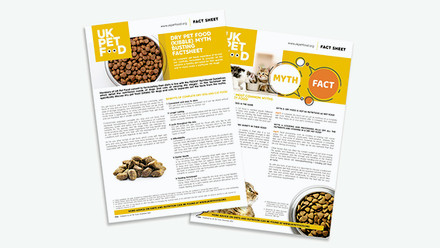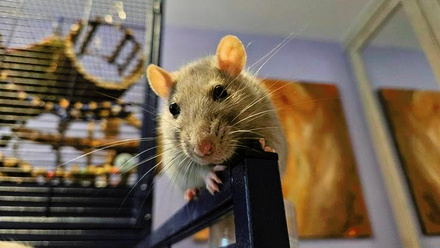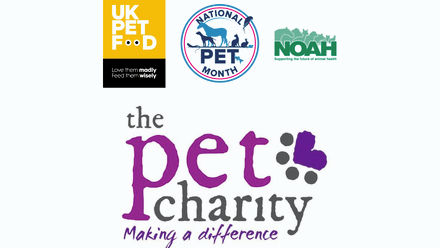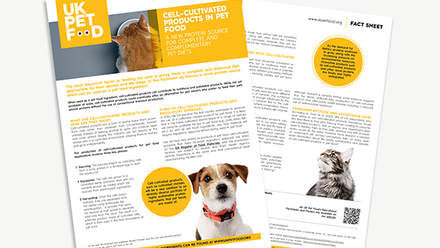National Pet Month The science of companionship: why pets make our lives better
By Parizad Baria-Unwalla for the Society for Companion Animal Studies (SCAS)
Let’s dig into the research, with a few stories from my own home - currently ruled by two rescued former street cats, Simba and Dizzy, who’ve been our indoor companions for over a decade.

The Oxytocin Effect: Why Cuddling a Pet Feels So Good
Studies have shown that spending time with pets can significantly increase oxytocin levels in humans—the same hormone involved in bonding, affection, and stress relief. Beetz et al. (2012) found that interacting with animals led to measurable rises in oxytocin and reductions in cortisol, our stress hormone. Think of it as science-backed snuggling.
This might explain why Simba, my older cat with a heart full of empathy, insists on being part of every hug in our household. He’s not just being nosy—he’s participating in a biological bonding ritual!
Pets as Pandemic Heroes: Companionship in Crisis
During the COVID-19 lockdowns, many people turned to animals for comfort—and for good reason. A study by Oliva and Johnston (2021) found that dog owners living alone reported significantly less loneliness during the lockdown compared to non-pet owners.
While I didn’t adopt new pets during the pandemic, I watched as Simba and Dizzy somehow knew we needed extra affection. Dizzy, who normally operates like a feline ninja, started curling up near us while we worked, adding warmth and silent solidarity to our remote routines.
Heart Health and Fur Therapy
Pets don’t just warm your heart metaphorically—they might actually help protect it physically. Friedmann and Son (2009) summarised decades of research showing that pet owners tend to have lower blood pressure, reduced cholesterol, and better cardiovascular outcomes.
The mechanisms are still being explored, but it seems likely that the calming presence of a pet, combined with increased physical activity (especially for dog owners), contributes to these benefits. In other words: walking the dog may be good for both your legs and your left ventricle.
Quick Stress Relief: Just Ten Minutes
If you're not a full-time pet parent, here’s good news: even short interactions with animals can be beneficial. Pendry et al. (2019) conducted a study on university students and found that just ten minutes of petting a cat or dog significantly lowered cortisol levels.
That’s not just for therapy dogs—our everyday companions can have the same effect.
I can confirm this anecdotally. After a tough day, there's nothing quite like watching Dizzy leap from shelf to shelf in an Olympic-level display of zoomies. Within minutes, the stress seems to dissipate—partly from laughter, and partly from the sheer delight of witnessing her acrobatics.
The Social Glue of Pet Ownership
Pets can also act as social facilitators, especially for people who find it difficult to connect in traditional settings. A systematic review by Rehn et al. (2023) highlighted the effectiveness of animal-assisted interventions for individuals on the autism spectrum, enhancing social functioning and reducing anxiety.
Even outside of therapy, pets are conversation starters and community builders. Whether you're chatting at the dog park or swapping cat memes online, they offer a bridge for connection. Simba, for instance, has helped us get to know neighbours who spotted him sunbathing dramatically on our windowsill and stopped to chat.

What About Cats?
Dogs often steal the spotlight in research, but feline friends—and all types of pets—are not to be overlooked. A growing body of evidence supports the mental health benefits of cat ownership, particularly for reducing feelings of loneliness and anxiety. Studies have shown that interacting with pets can lead to lower levels of cortisol and increased oxytocin, contributing to a greater sense of wellbeing (Beetz et al., 2012).
In our home, Simba and Dizzy are a study in contrasts—Simba, ever the wise elder; Dizzy, our part-time gymnast and full-time diva. Yet both bring immeasurable calm and comic relief, even on the hardest days.
Fun fact: both of them play fetch! A hair-tie is their favourite toy, although Simba loves a shoelace just as much—and will even use his paws to catch it mid-air. He also gives high fives on cue, proving that pets really do play by their own rules.
Simba also engages in a behaviour that many cat owners will recognise: knocking objects off shelves. Research suggests that such behaviours may be rooted in a cat’s natural play drive, curiosity, or even a desire for attention from their humans. According to Malamed and Sueda (2022), cats may engage in object manipulation—such as pawing or pushing items off surfaces—as a form of exploratory behaviour or as a learned strategy to initiate interaction with their caregivers. Watching Simba gently nudge items towards the edge, trying to make eye contact before sending them tumbling down, is a perfect example of this playful interaction—an amusing reminder of the ways our pets communicate and bond with us.
A Bond That’s Built, Not Bought
Perhaps one of the most powerful aspects of pet companionship is its mutuality. Animals aren’t just passive providers of comfort—we form relationships with them that are dynamic, responsive, and deeply personal. They learn our routines, respond to our moods, and sometimes seem to know what we need better than we do.
As someone who is autistic, with CPTSD and ADHD, I truly cannot imagine life without my cats. They help centre me when my mind is racing, sit in my lap and comfort me when I’m struggling, and offer the kind of steady, loving companionship that is impossible to quantify.
Simba, for example, has helped raise several foster kittens, teaching them how to “cat” with grace and gentleness. Watching him care for others—even outside his species—is a reminder of the emotional intelligence animals are capable of. It’s humbling and heartwarming all at once.
More Than Just Companions
As we celebrate National Pet Month, let’s take a moment to appreciate our companion animals not just for the joy they bring, but for the very real ways they improve our lives. The science is clear: pets can boost our health, ease our stress, and help us feel more connected—to each other, and to the world around us.
So go ahead and give your furry, feathery or scaly friend an extra treat today. They’ve earned it. And hey - what better excuse than science-backed love?
What’s one thing your pet does that always lifts your spirits? Let us know in the comments or on social media! Facebook, LinkedIn, X, BlueSkySocial
References
-
Beetz, A., Uvnäs-Moberg, K., Julius, H., & Kotrschal, K. (2012). Psychosocial and psychophysiological effects of human-animal interactions: The possible role of oxytocin. Frontiers in Psychology, 3, 234. https://doi.org/10.3389/fpsyg.2012.00234
-
Friedmann, E., & Son, H. (2009). The human–companion animal bond: How humans benefit. Veterinary Clinics of North America: Small Animal Practice, 39(2), 293–326. https://doi.org/10.1016/j.cvsm.2008.10.015
-
Rehn, A. K., Caruso, V. R., & Kumar, S. (2023). The effectiveness of animal-assisted therapy for children and adolescents with autism spectrum disorder: A systematic review. Complementary Therapies in Clinical Practice, 50, 101719. https://doi.org/10.1016/j.ctcp.2022.101719
-
Pendry, P. & Vandagriff, J. L., (2019). Animal Visitation Program (AVP) reduces cortisol levels of university students: A randomized controlled trial. AERA Open, 5(2), 1–12. https://doi.org/10.1177/2332858419852592
-
Oliva, J. L., & Johnston, K. L. (2021). Puppy love in the time of Corona: Dog ownership protects against loneliness for those living alone during the COVID-19 lockdown. International Journal of Social Psychiatry, 67(3), 232–242. https://doi.org/10.1177/0020764020944195






